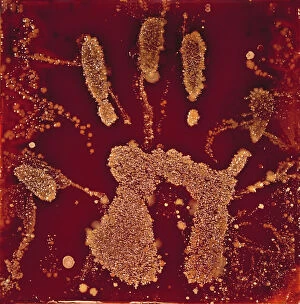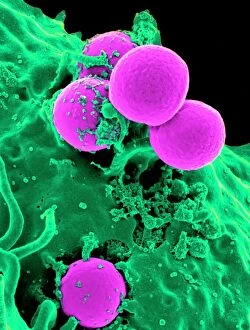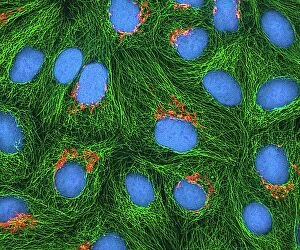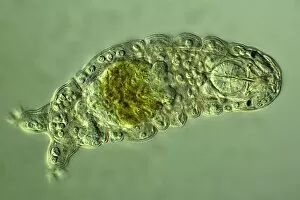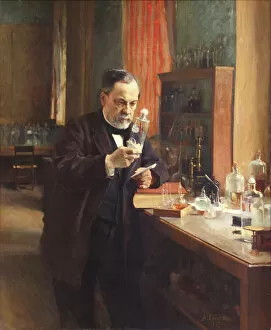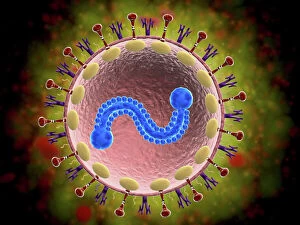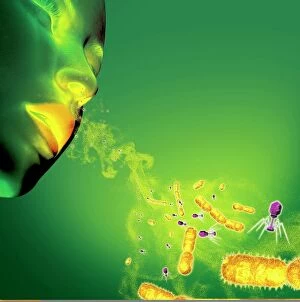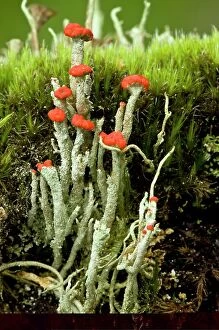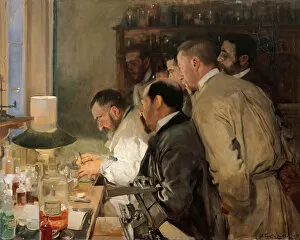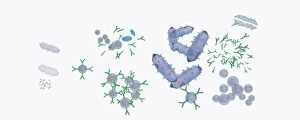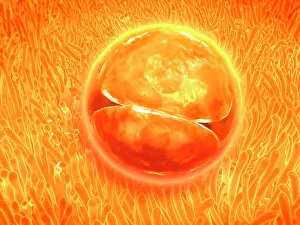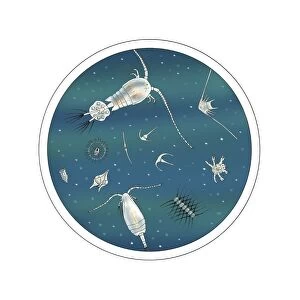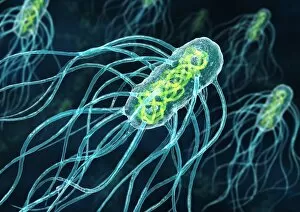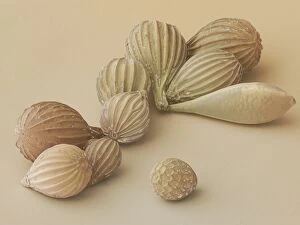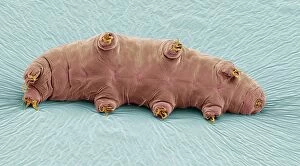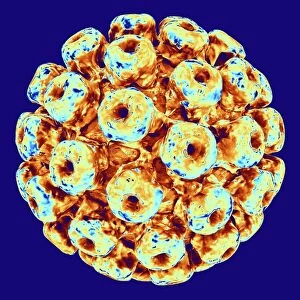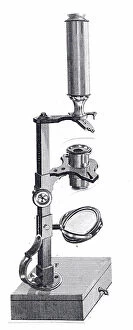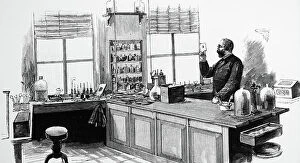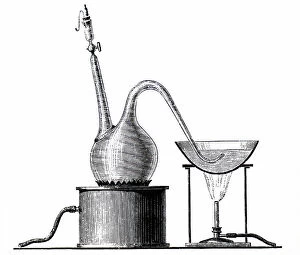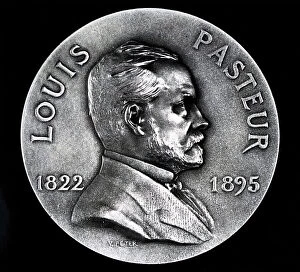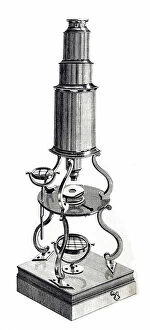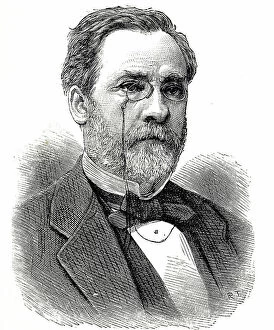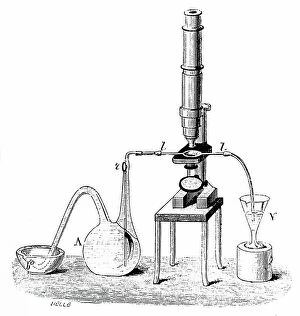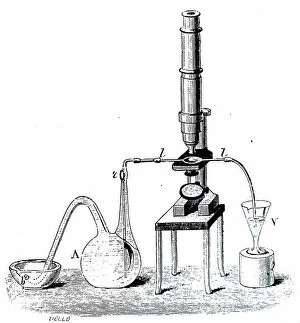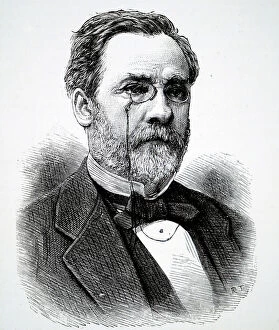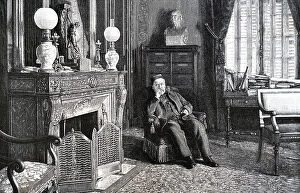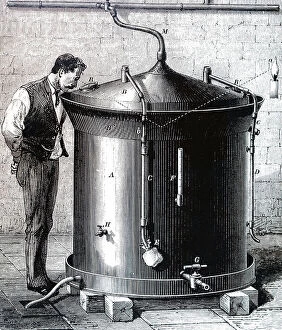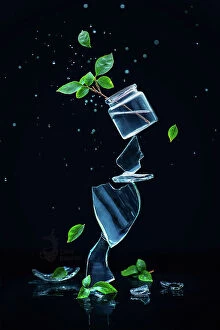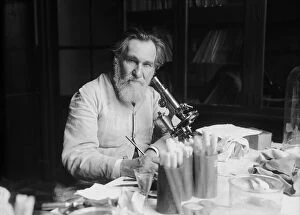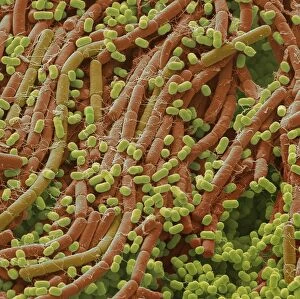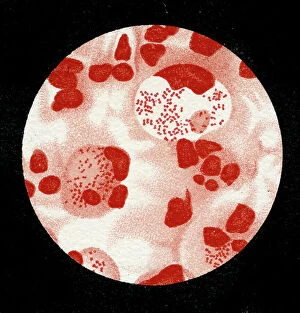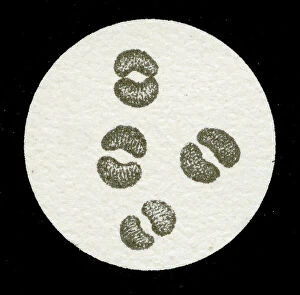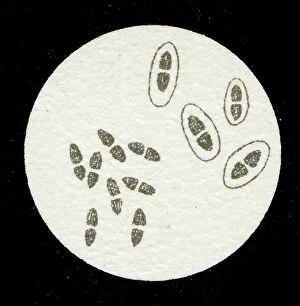Microbiology Collection
Microbiology, the fascinating world of tiny organisms and their impact on our lives
All Professionally Made to Order for Quick Shipping
Microbiology, the fascinating world of tiny organisms and their impact on our lives. From the resilient Tardigrade or Water Bear that can survive extreme conditions to HeLa cells, a remarkable line of immortal human cells used in countless scientific studies. In Picture No. 11675590, we witness a mesmerizing light micrograph C017 / 8299 showcasing the intricate details of these microscopic wonders. The Neutrophil engulfing MRSA in SEM C018 / 8596 reminds us of the constant battle between our immune system and harmful bacteria. The beauty continues with another light micrograph C017 / 8298 capturing HeLa cells in all their glory. These cells have revolutionized medical research and paved the way for numerous breakthroughs. Yoghurt bacteria play a crucial role in transforming milk into this beloved creamy treat, highlighting how microbiology impacts even our daily diet. Stem cell research offers hope for regenerative medicine as we explore their incredible potential to repair and replace damaged tissues. Water bear once again graces us with its presence in light micrograph C016 / 8581, showcasing its unique anatomy under the microscope lens. We pay homage to Louis Pasteur, an influential figure who laid the foundation for modern microbiology through his groundbreaking discoveries and advancements in vaccination techniques. A glimpse into the invisible world reveals a microscopic view of human respiratory syncytial virus - a reminder that not all microbes are friendly companions. Embryo development captured just 24-36 hours after fertilization showcases nature's miracle unfolding before our eyes - each step meticulously orchestrated by molecular processes at work. And finally, artwork F008 /3245 portrays flu virus particles with artistic flair while reminding us of their ability to cause widespread illness if left unchecked. Microbiology unravels mysteries hidden from plain sight; it is both awe-inspiring and humbling as we delve deeper into this intricate realm where life's tiniest inhabitants shape our world.




